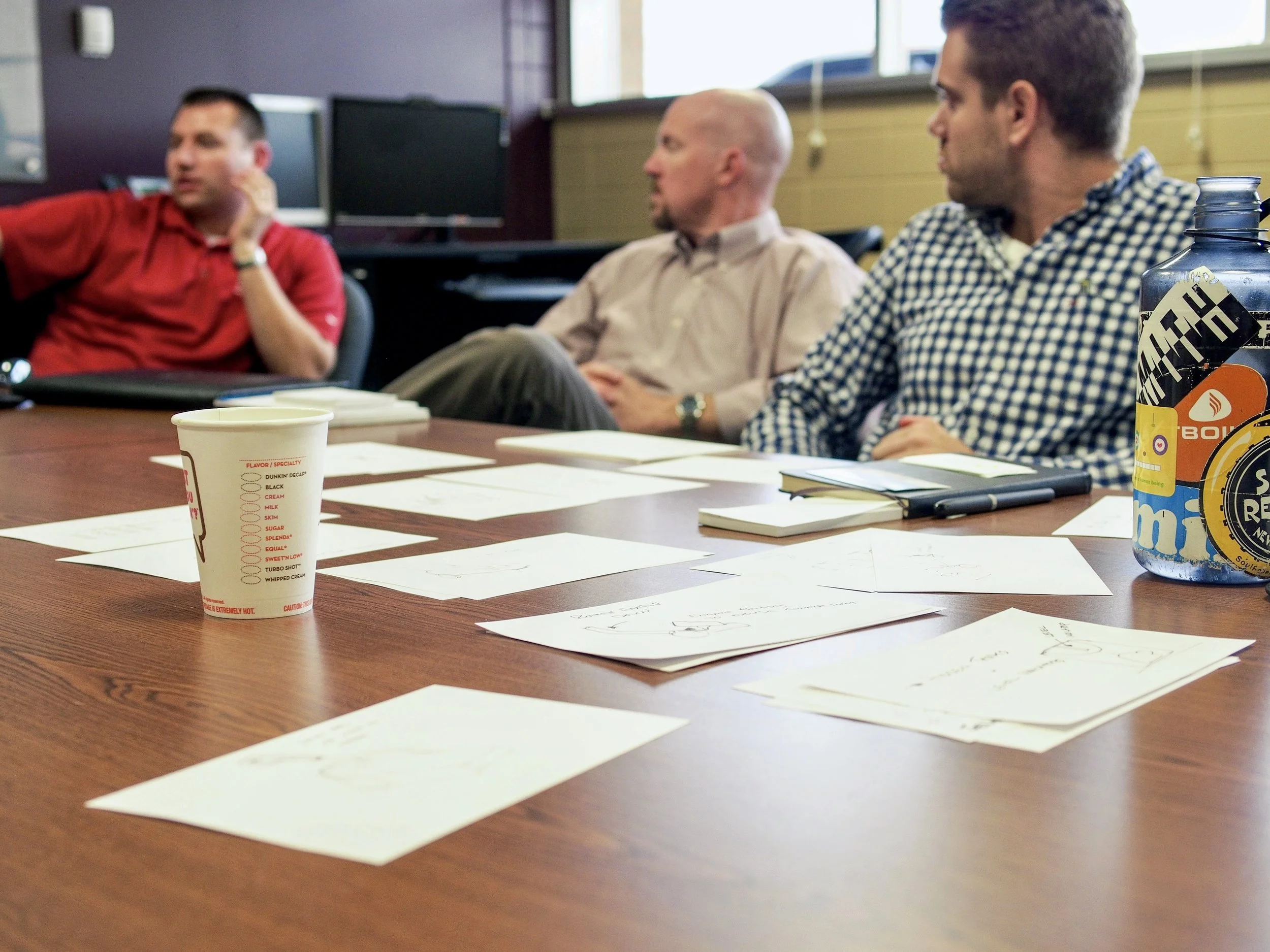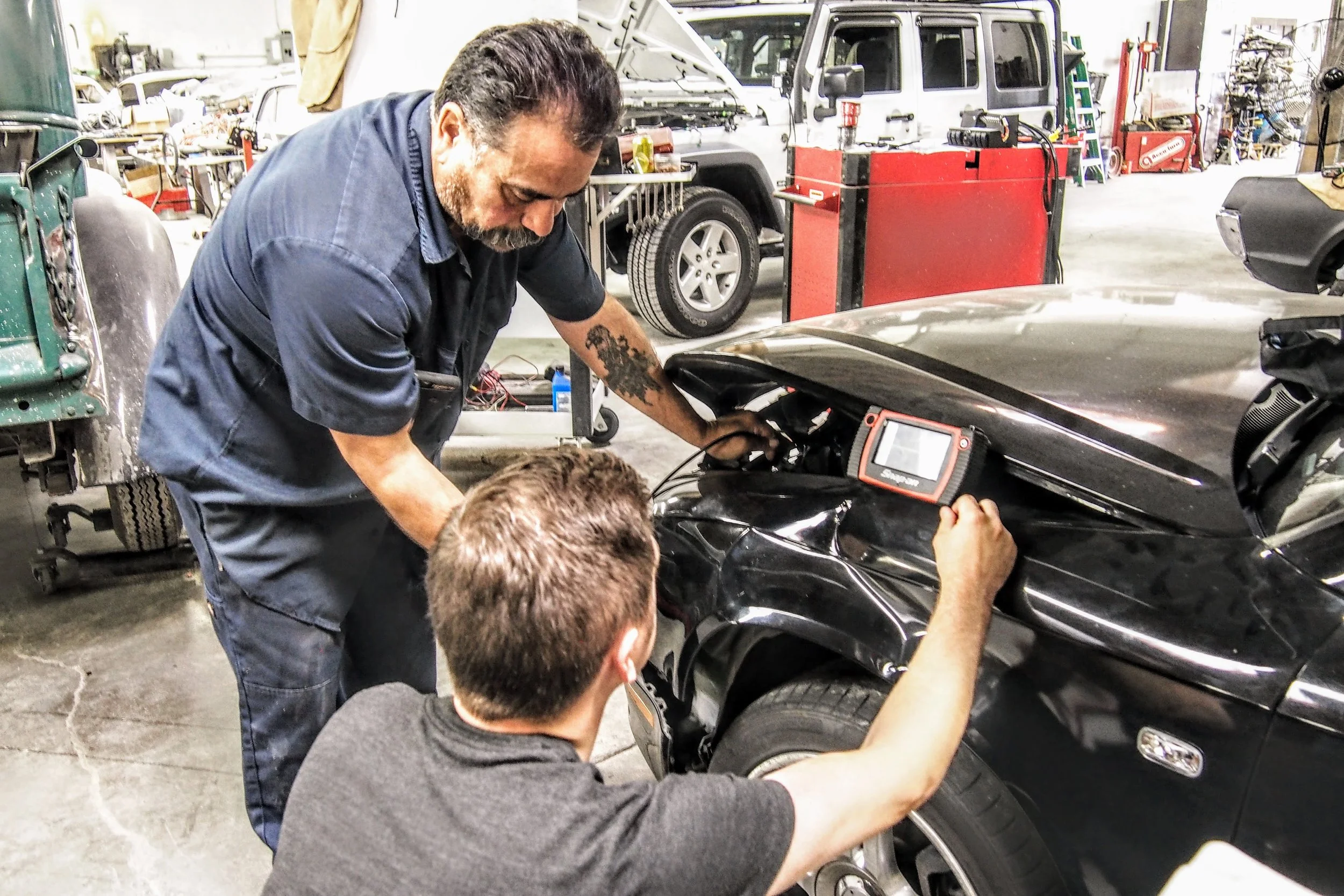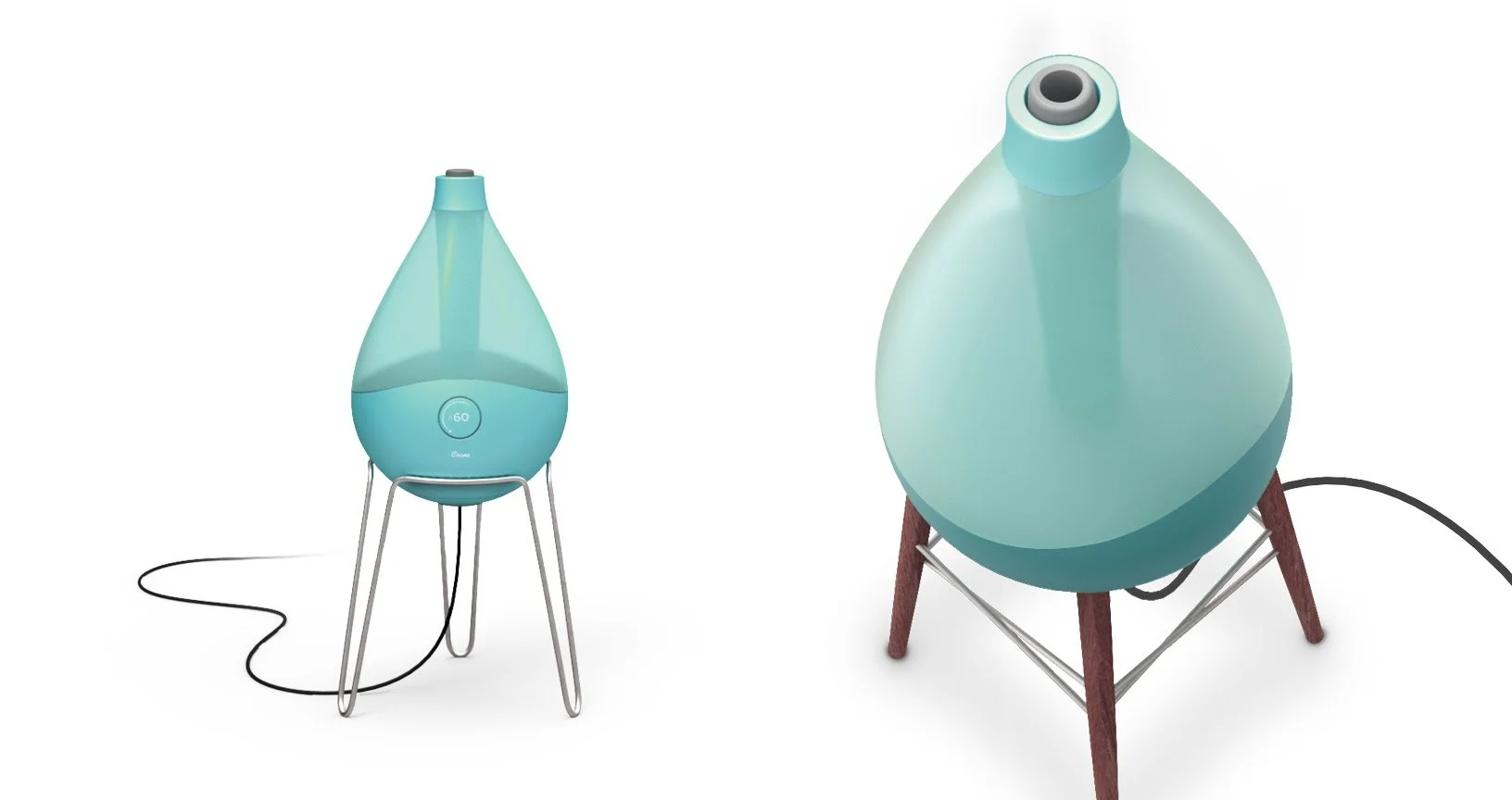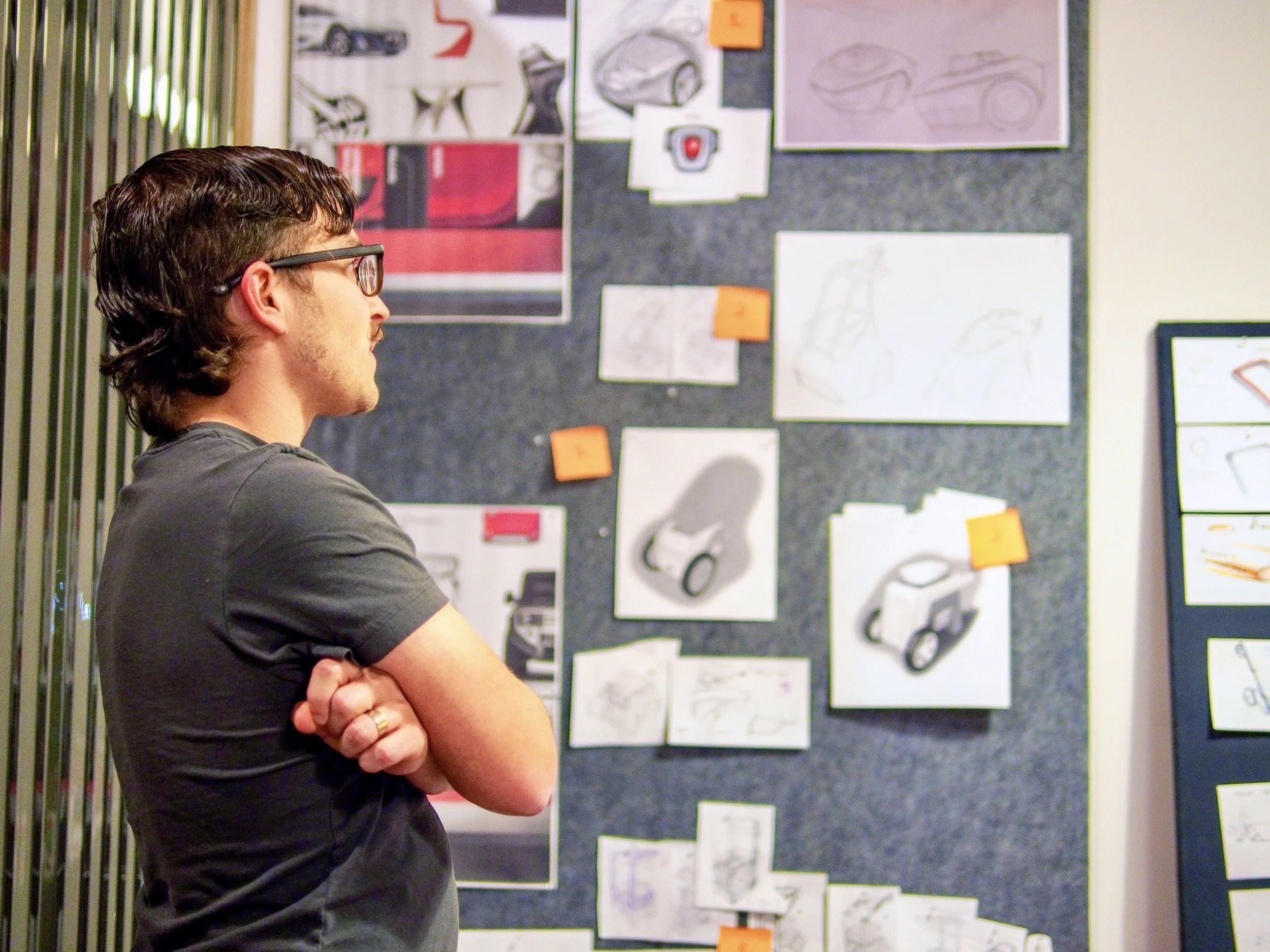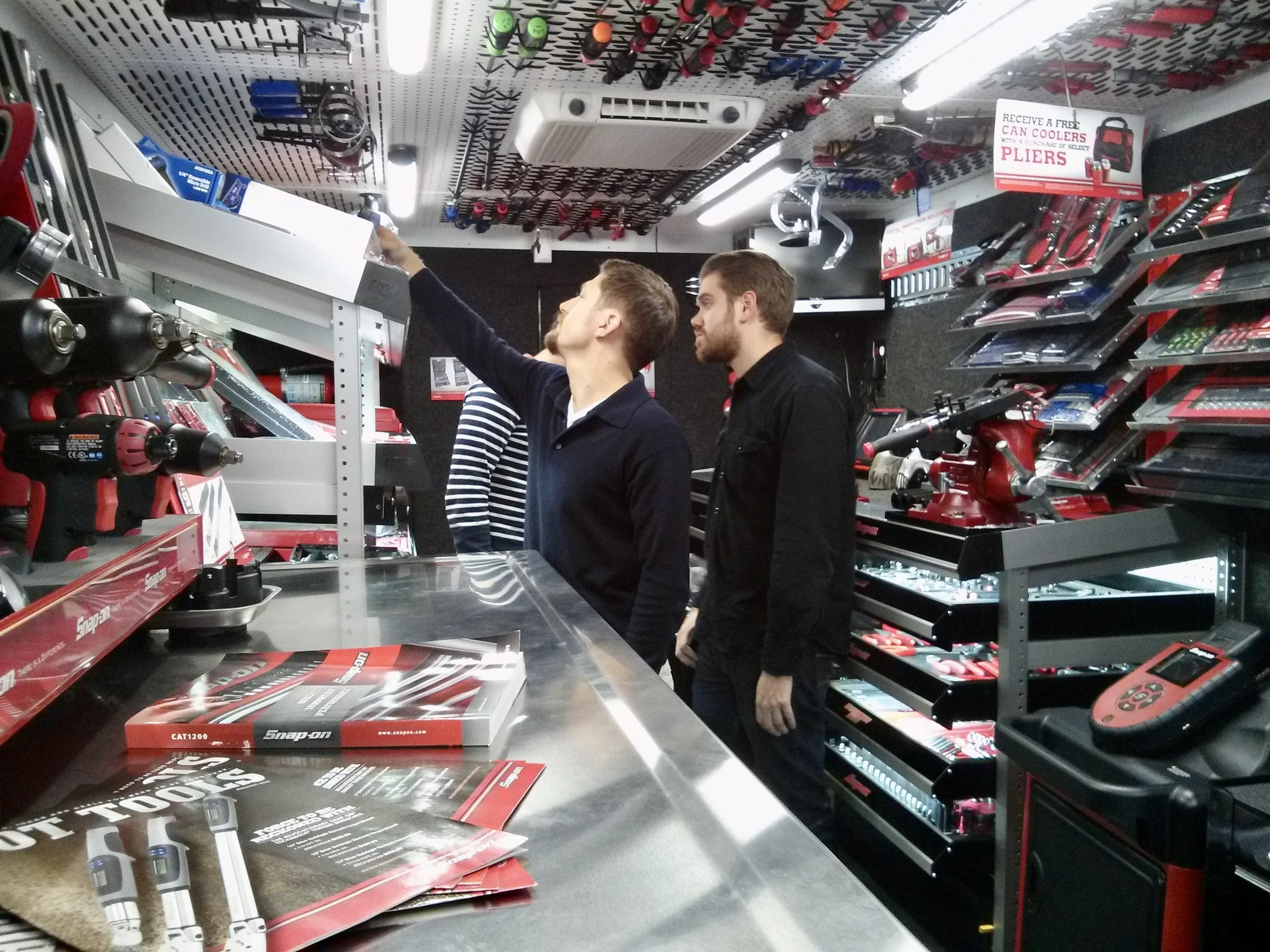
Freeform Creative
Building a Collaborative Design Practice
Delivering $180M+ client revenue impact by creating the first truly collaborative design consultancy that put consumer insights and team empowerment ahead of ego-driven design.
In 2010, the $35 billion global industrial design consultancy market operated on predictable hierarchies where firm principals positioned themselves as creative "savants," imposing vision from above rather than solving real user problems.
The Ego Problem: Traditional consultancies dominated through top-down creative control, with product success rates hampered by disconnect between final designs and actual user needs.
Key Market Realities
Hierarchical decision-making where creative direction came from principals rather than consumer research and team insights
Client frustration with limited visibility into creative process and inability to truly collaborate on strategic decisions
$180M+ projected client revenue across 25+ product launches
8-year sustainable growth from solo practice to 10-person operation
Tens of millions per product in additional revenue for key clients
Industry recognition - 2018 PTEN "People's Choice" award
Talented designers underutilized as execution resources rather than strategic thinking partners
80-85% average project success rate industry-wide, with most failures attributed to disconnect between final designs and actual user needs
The design industry had become about individual ego rather than collective innovation. I needed to prove that a truly collaborative approach—where consumer insights drive decisions and talented individuals are empowered to lead—could deliver both better design and stronger business results.
Finding My Why
My experience bringing in passionate clients at previous consultancies taught me that the deepest insights came from those initial relationships, inspiring me to build a consultancy where client connection and creative leadership were integrated from the start.
As Founder and Creative Director, I was tasked with building a consultancy from scratch that could compete with established firms while operating on fundamentally different principles. The complexity required simultaneously coordinating:
Cross-Functional Coordination:
Design teams: Building 2-3 designers per project while maintaining collaborative culture
Client stakeholders: Managing 1-20 stakeholders per project with competing priorities and timelines
Manufacturing partners: Coordinating DFM processes and prototyping across multiple concurrent projects
Business development: Integrating creative work with pipeline development for sustainable growth
Core Leadership Tensions:
Growth vs. quality: Scaling from 1 to 10 people while maintaining collaborative culture
Client expectations vs. research reality: Balancing aggressive timelines with deep user research
Financial sustainability vs. creative integrity: Managing cash flow while refusing to compromise on principles

Learning in the Wild
Together with client teams, I led discovery processes ranging from 2-day sessions to 8-week research initiatives, interviewing 5-10 users per project in real environments—from automotive technician shops to consumer homes—to understand actual behavior patterns rather than stated preferences.
Key User Insights:
Hidden pain points: Observational research revealed usability issues users couldn't articulate
Context-driven needs: Real-world usage environments (gloved hands, poor lighting) shaped design requirements more than aesthetics
Brand relationship complexity: Users' emotional connections influenced adoption patterns and feature prioritization
The Collaborative Blueprint I developed a collaborative methodology that would deliver breakthrough products by integrating consumer research, team empowerment, and transparent client partnership.
Empowered Team Culture:
Research-Driven Innovation
Remove hierarchical creative control and let breakthrough ideas emerge from insights
Create flat structure where best ideas win regardless of seniority, validated with users
Give exceptional designers ownership over strategic thinking, not just execution
Transparent Client Integration:
True Partnership Model
Involve clients directly in research, brainstorming, and design development
Travel together to visit consumers and understand problem contexts
Real-time collaboration on CAD, prototypes, and concept development
Consumer-Driven Innovation:
Immersive Research Methodology
Lead with extensive field research rather than aesthetic preferences
Test concepts with actual users throughout development to validate solutions
Frame all decisions through consumer problem-solving lens
The Collaborative Culture Breakthrough
Breaking Down the Silos
While most consultancies treated UX/UI design and industrial design as separate disciplines, we developed end-to-end products that solved both aesthetic and interactive challenges simultaneously. The Crane SmartDrop exemplified this approach—evolving their award-winning Drop humidifier into their first IoT-enabled device with intuitive touch controls while solving complex packaging constraints.
Building While Leading
As founder, I led project work directly while scaling the business. Managing 3-5 concurrent projects required intricate coordination charts and clear prioritization, with dedicated lead designers for high-priority work. Rather than delegating creative decisions, I worked alongside team members on actual design challenges.
Integrated Client Partnership
Our Snap-on relationship demonstrated collaborative methodology at scale. We traveled together to visit automotive technicians, integrated their team into our creative process, and designed dozens of products including the award-winning BK3000 inspection scope and John Bean V3300 equipment across multiple sub-brands.

Results
Running Freeform provided hands-on experience with every aspect of business leadership that most product managers only encounter theoretically. The collaborative methodologies, stakeholder coordination skills, and consumer-driven innovation approach developed at Freeform translated directly to building and leading product teams at scale.
$180M+ projected client revenue across 25+ product launches
8-year sustainable growth from solo practice to 10-person operation
Tens of millions per product in additional revenue for key clients
Industry recognition - 2018 PTEN "People's Choice" award
If you're looking for product leadership that can build collaborative teams and scale innovative practices while delivering measurable business impact, let's connect to explore what we could create together.
